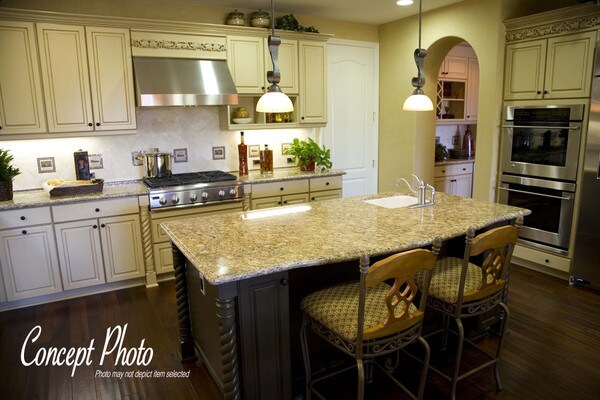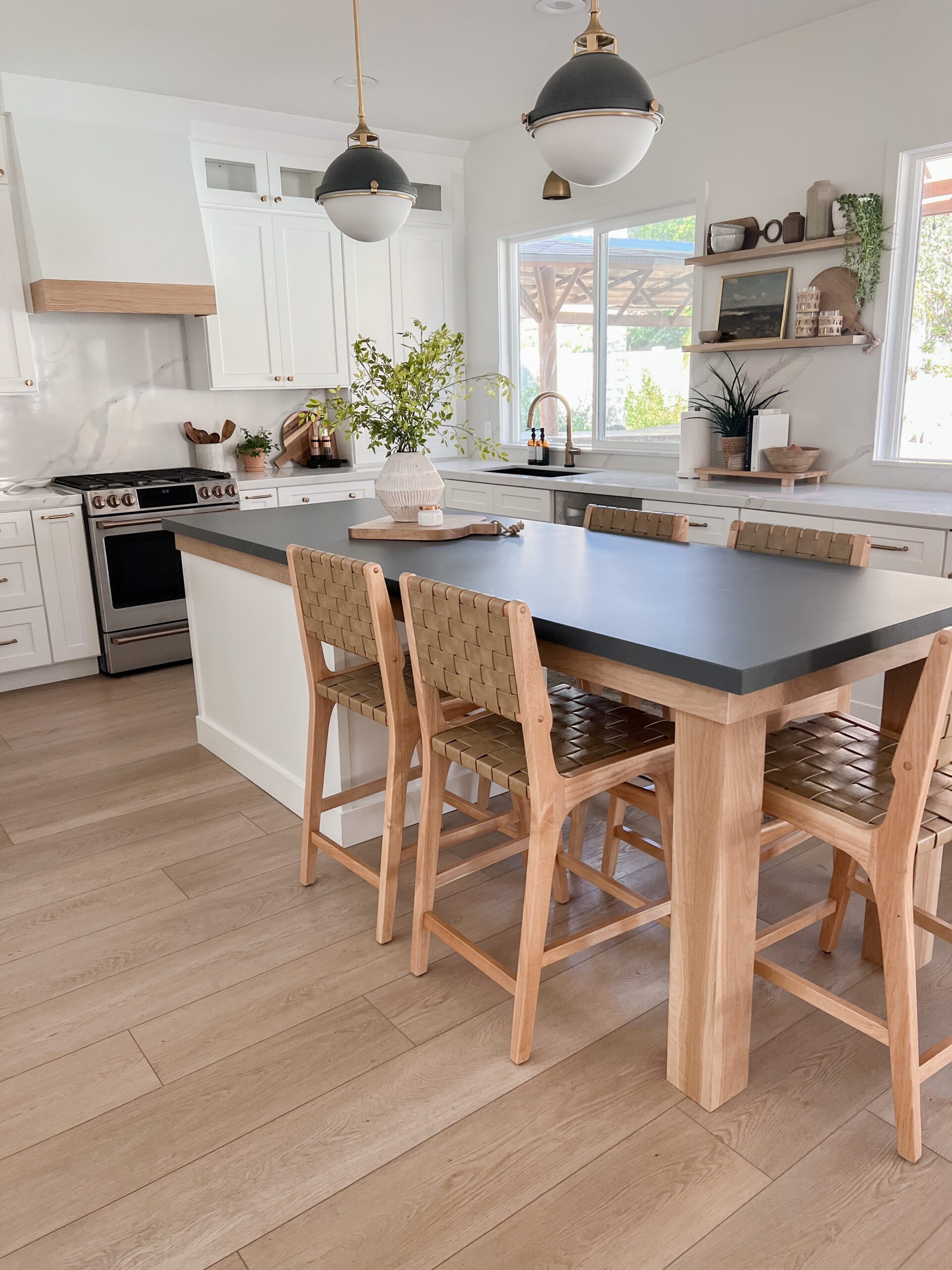Sturdy and Stylish Options for High-Quality Legs For Kitchen Island
Sturdy and Stylish Options for High-Quality Legs For Kitchen Island
Blog Article
Trick Factors To Consider for Finding the most effective Legs For Kitchen Area Island for Your Style
When selecting the suitable legs for your kitchen island, several vital considerations enter play that can considerably affect both performance and aesthetic appeals. The option of product, height, and design should align with your general kitchen area style to make certain an unified appearance. In addition, stability and maintenance requirements are essential for long-term use and simplicity of care. Recognizing these elements can enhance your cooking area's practicality and visual allure, but the nuances of each factor to consider can typically be forgotten. What implications might these choices carry your cooking area's overall environment?
Determine Your Style Choice
Identifying your design choice is important when picking the perfect legs for your kitchen area island. The legs of your kitchen island not only offer a functional purpose however additionally add substantially to the total visual of the room. Identifying your layout style-- be it contemporary, rustic, traditional, or industrial-- is essential.
For a modern cooking area, consider sleek, minimalistic legs that enhance open spaces and tidy lines. Conventional kitchens usually favor transformed or elaborate legs, which can add a touch of style and elegance.
Additionally, consider the height and percentage of the legs in relationship to the island's surface. Ultimately, your style preference will certainly affect not just the selection of legs but also the overall harmony of your kitchen area's style.
Pick the Right Product
Picking the appropriate material for your kitchen island legs is critical in making sure both longevity and aesthetic appeal. Various materials provide unique advantages, and the choice typically shows your layout choices and practical demands.
Timber is a prominent option, supplying warmth and adaptability. It can be tarnished or repainted to match your cooking area decor, making it adaptable to numerous designs, from rustic to modern. Wood might require regular maintenance to preserve its appearance and integrity.

If you look for an unique touch, think about acrylic or glass products. They can create an impression of room and lightness in your kitchen area, making them an excellent choice for smaller sized locations - Legs For Kitchen Island. These options may call for mindful handling and maintenance to stay clear of scrapes.
Inevitably, the product you choose ought to line up with your cooking area's total design, guaranteeing that the legs serve both attractive and functional purposes.
Consider Height and Proportions
When making a cooking area island, elevation and percentages play a crucial role in guaranteeing functionality and comfort,. The conventional elevation for a kitchen area island normally varies from 36 to 42 inches, lining up with traditional counter heights or bar heights, respectively. This measurement is essential for integrating with bordering kitchen counters and feceses, allowing simplicity of usage during meal prep work and social communications.
In addition, the island's percentages have to enhance the total cooking area format. A well-proportioned island needs to not overwhelm the room; instead, it must produce a balanced visual. Think about the ratio between the island's size and size, ensuring it gives appropriate area without crowding the cooking area. A basic guideline is to preserve a width of 24 to 48 inches, facilitating motion and availability.
In addition, the height of the legs or base can influence the aesthetic appeal you could try here and capability. Taller legs may offer a much more modern-day, airy feeling, while shorter ones can evoke a typical, grounded look. Ultimately, very carefully thinking about elevation and proportions will certainly cause a kitchen area island that is both aesthetically appealing and functionally reliable, enhancing the general layout of the space.
Assess Stability and Durability
A kitchen area island's legs have to not only match its elevation and percentages but likewise give adequate stability and toughness to sustain daily activities. The legs are crucial to the overall performance of the island, as they birth the weight of the kitchen counter and any additional tons, such as home appliances or cooking jobs.
When assessing stability, it is important to take into consideration the leg layout and product. For example, durable metal or solid hardwood legs commonly supply premium strength compared to lighter materials like engineered wood or plastic. Furthermore, a broader base can improve stability, decreasing the danger of wobbling or tipping review during usage.
Sturdiness is just as vital; the legs need to withstand damage from daily usage. Take into consideration surfaces that secure versus scrapes, dents, and moisture, specifically in a kitchen setting. Evaluate the quality of construction, such as attachments and joints, which can considerably impact the legs' lasting efficiency.
Eventually, spending in well-crafted legs that focus on security and longevity will guarantee your cooking area island remains a reliable work area for several years ahead, boosting your cooking experiences while preserving aesthetic charm.
Consider Upkeep and Care
Upkeep and treatment are important considerations for guaranteeing the longevity and efficiency of kitchen area island legs. When picking legs, it is vital to assess the materials made use of, as various options call for varying levels of maintenance. Wood legs might call for routine refinishing or securing to Discover More avoid wetness damages and scratches, while metal legs might need routine brightening to preserve their luster and protect against rust.
Additionally, the finish related to the legs can influence maintenance requirements. A high-gloss finishing might be less complicated to tidy but could reveal fingerprints and scrapes quicker than a matte finish. It is advisable to pick products and surfaces that match your lifestyle; for instance, if you often hold gatherings, select resilient materials that can endure damage.
Furthermore, take into consideration the cleaning procedure associated with preserving these legs. Smooth surfaces usually call for very little initiative, while complex layouts may build up dirt and crud, demanding more labor-intensive cleansing methods. Legs For Kitchen Island. Inevitably, considering the upkeep and treatment needed for your selected kitchen area island legs will not just enhance their aesthetic allure however additionally guarantee their functional integrity in time
Conclusion
To conclude, selecting the optimal legs for a kitchen island necessitates cautious consideration of various variables, including layout style, material option, elevation, security, and upkeep. Each element plays an important duty in making certain that the legs not only improve the visual allure of the kitchen but additionally supply the needed assistance and resilience for day-to-day use. A knowledgeable decision will eventually contribute to a functional and visually pleasing cooking area setting.
The legs of your kitchen island not just serve a functional objective however likewise add substantially to the general visual of the area.Maintenance and treatment are critical considerations for ensuring the durability and performance of kitchen area island legs. Wooden legs may call for routine refinishing or sealing to avoid wetness damage and scratches, while steel legs might need regular brightening to preserve their luster and protect against rust.
Eventually, factoring in the maintenance and treatment needed for your picked kitchen island legs will not just enhance their visual allure yet likewise ensure their useful stability over time.

Report this page